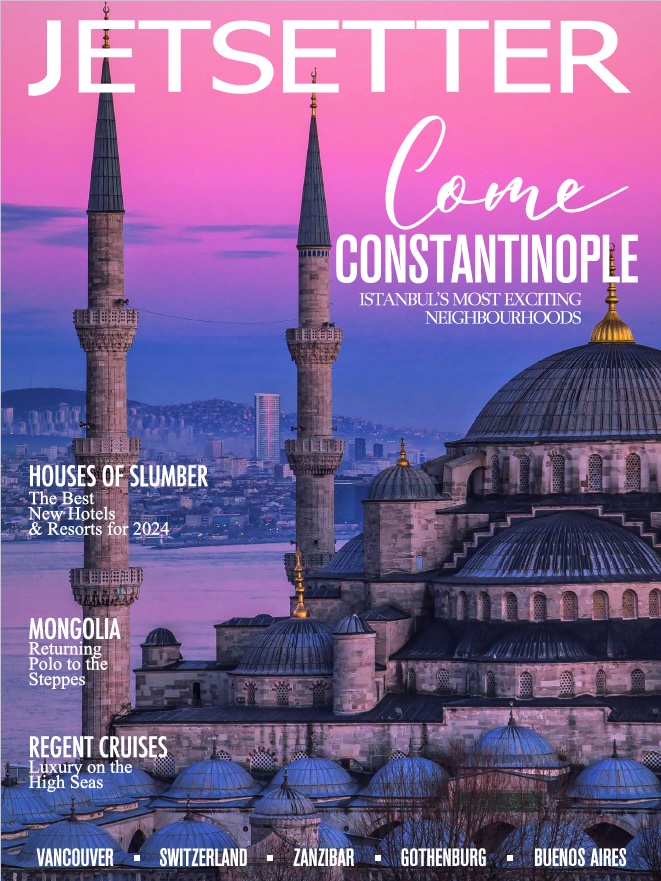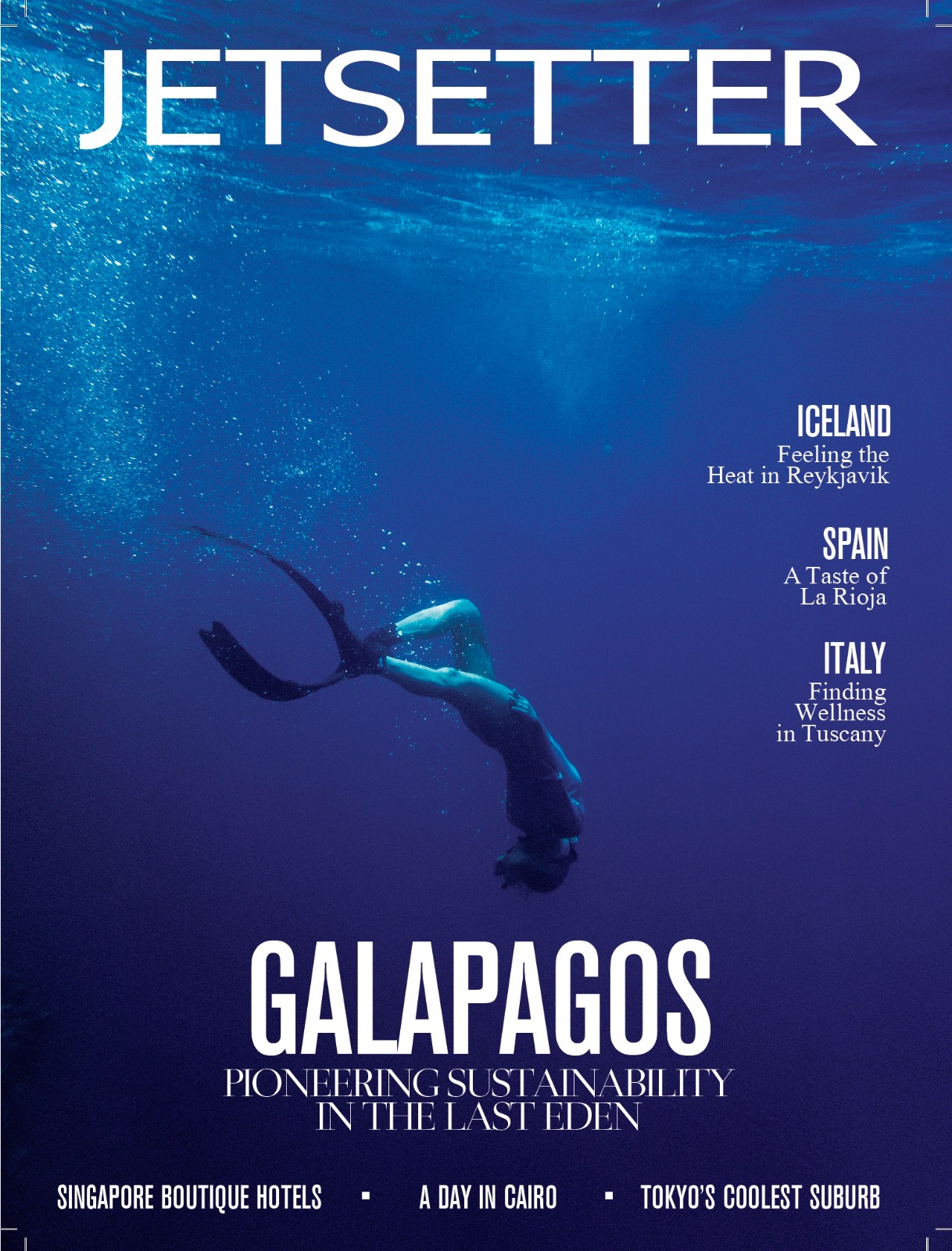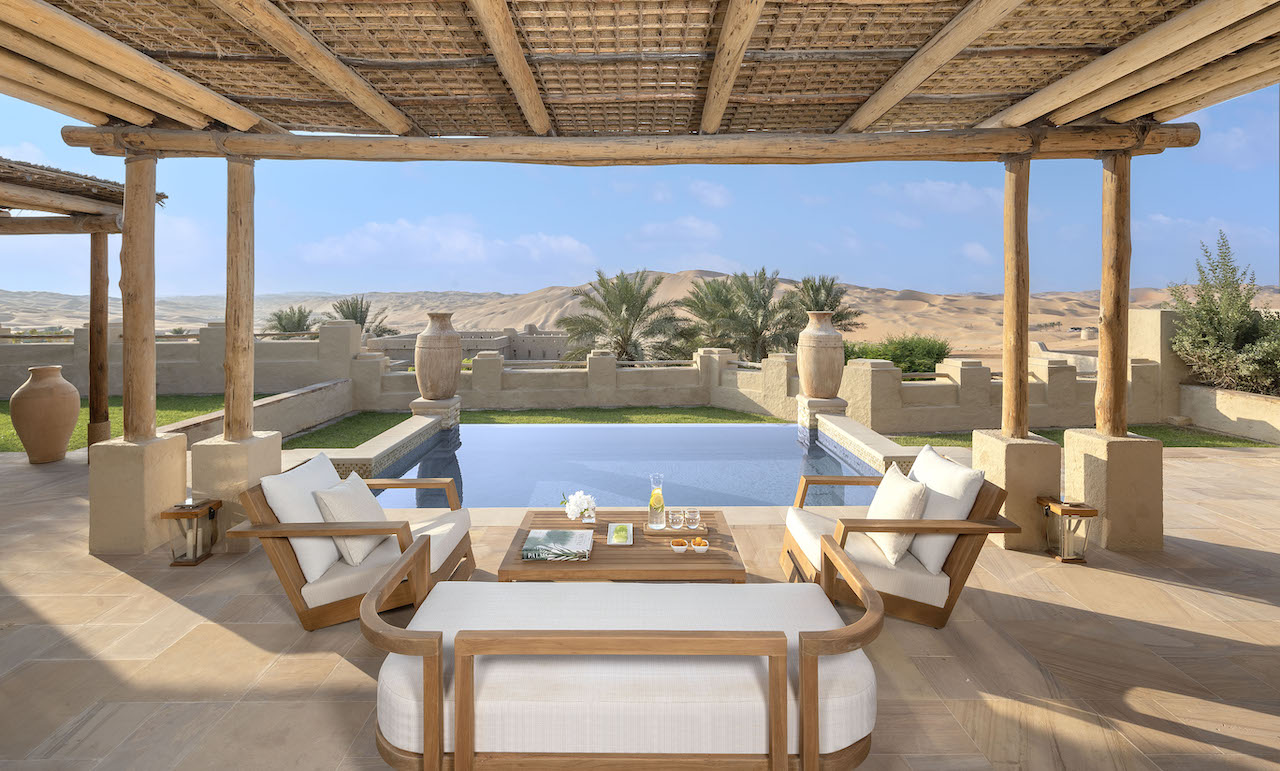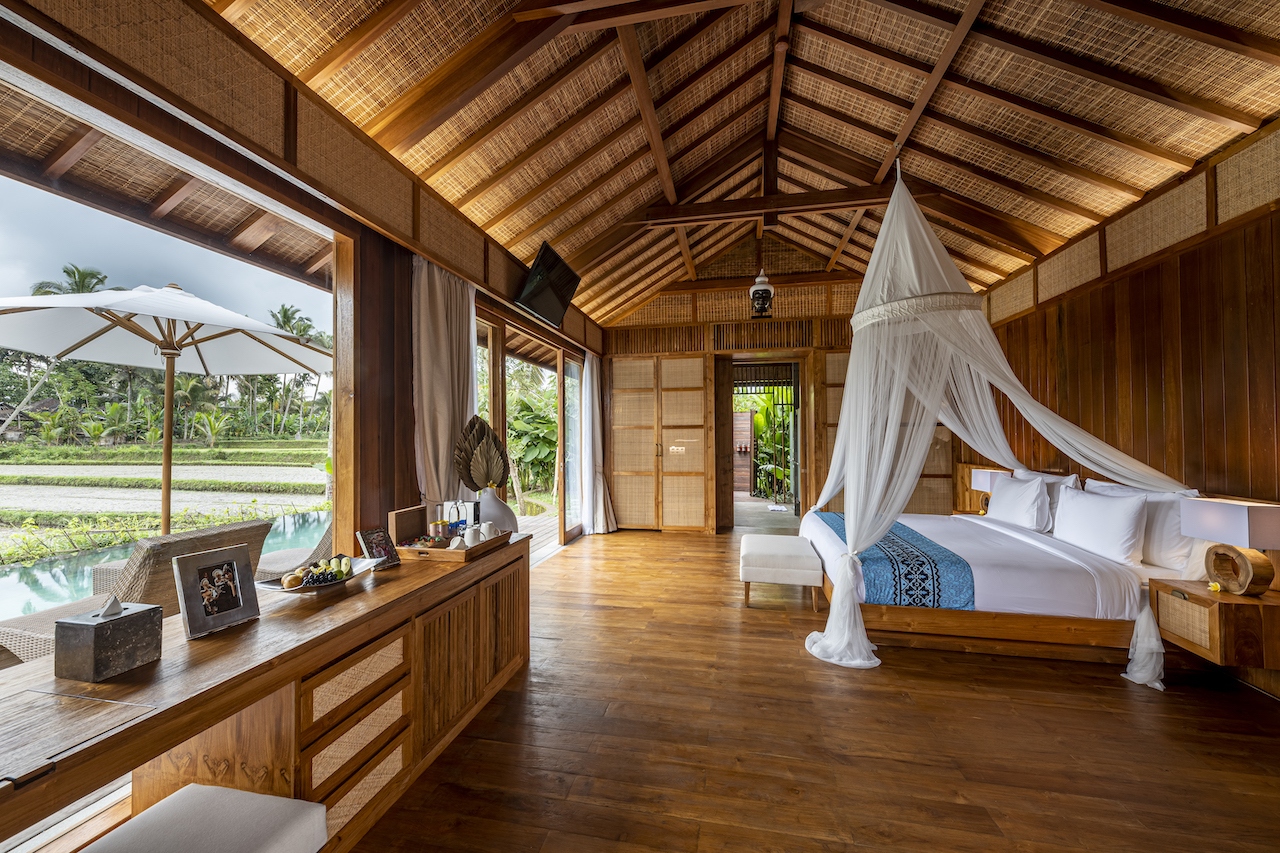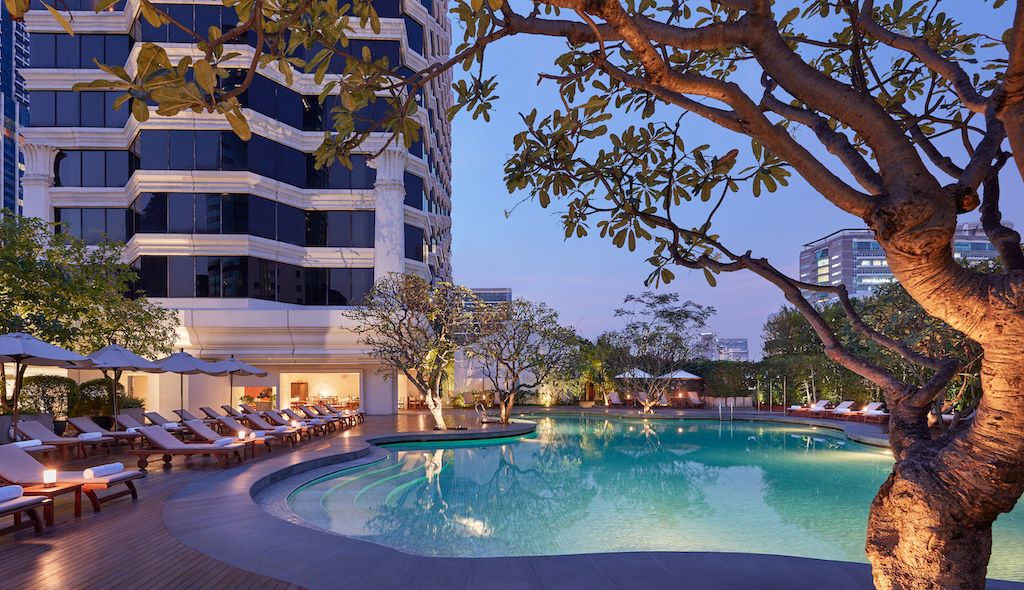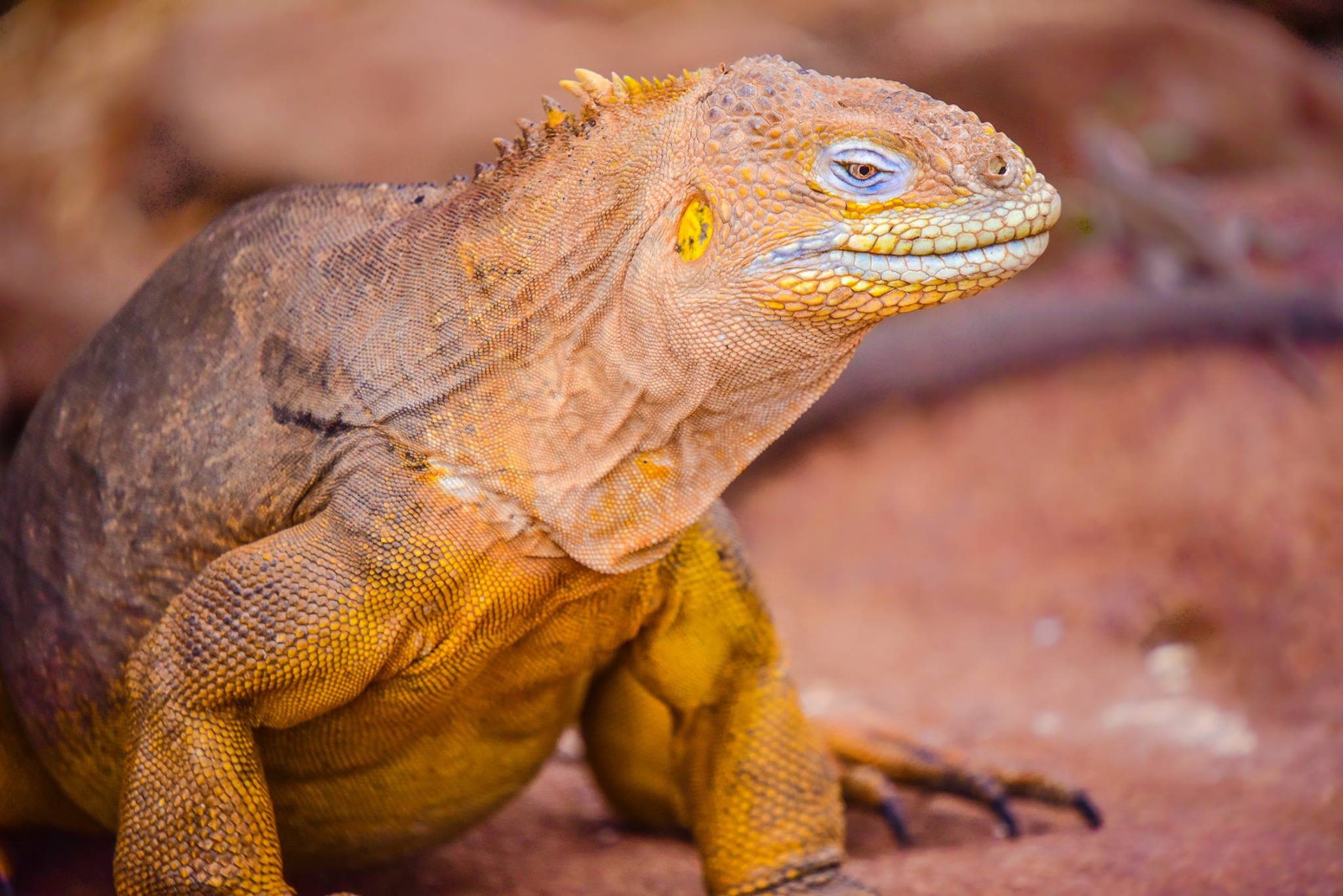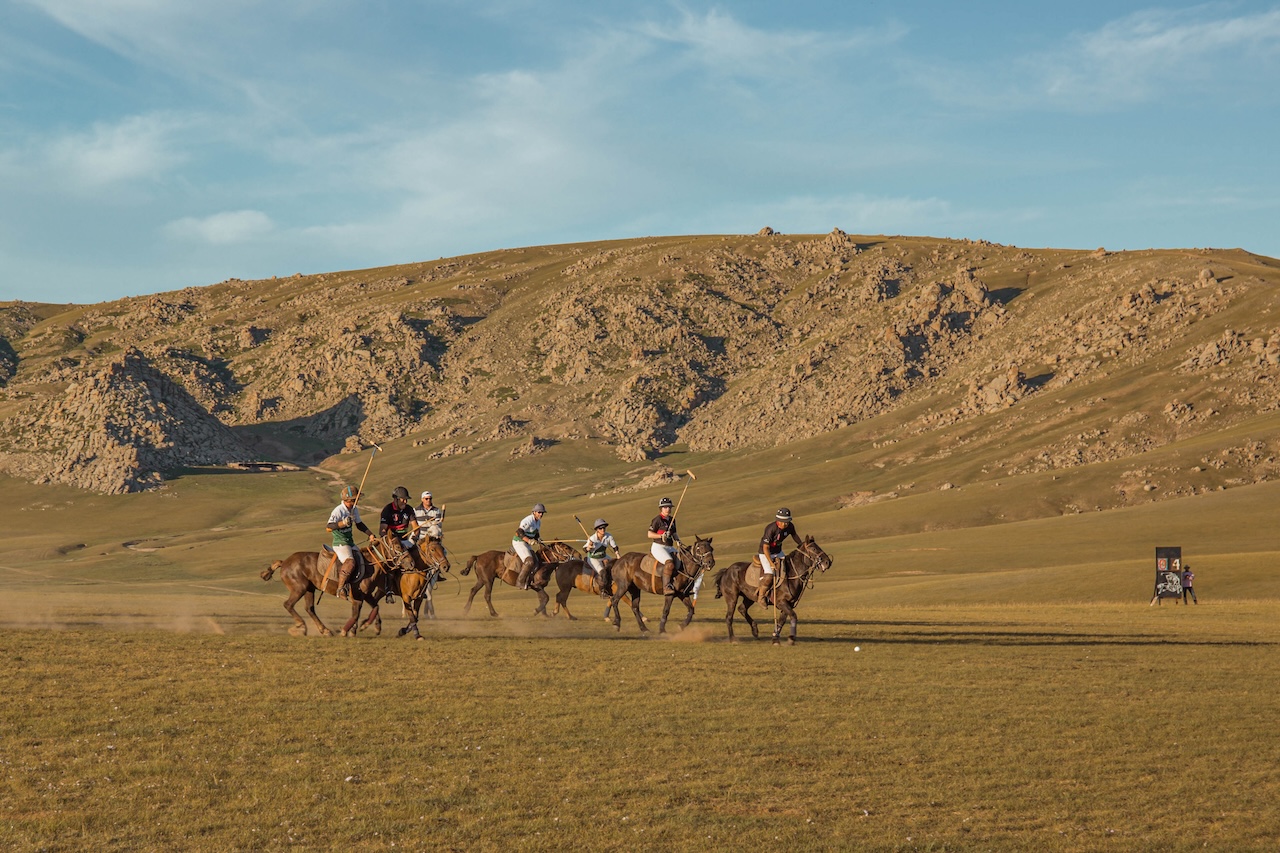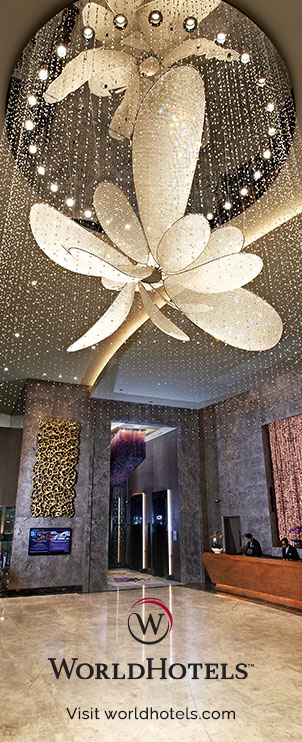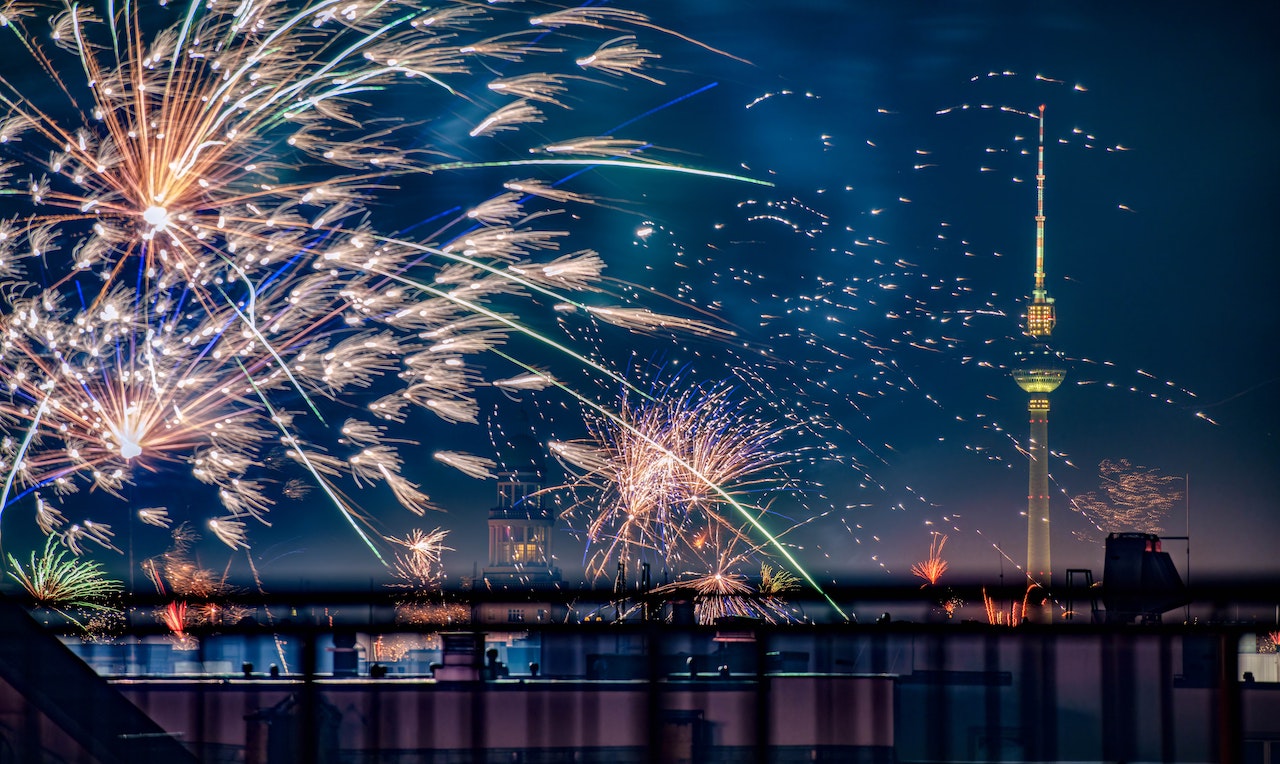

From historic street art to vibrant cultural communities, Berlin is a city set on constant reinvention, discovers Emily Manthei.
9 AM
Wake up in East Berlin at Hotel Michelberger (below), a boutique hotel in the heart of Berlin’s punk and creative district. Rooms are simple and light-filled, with wood accents and lofted beds. They come in all sizes, for all types of guests, including one designed to fit “the whole band.” While hotel rooms are hidden behind a cosy courtyard, the expansive front lobby features a popular public cafe and wine bar with small nooks, lots of books, and occasional live music and DJs. Start here with a German breakfast and, if you’re feeling curious, ask about spirits designed and developed by the in-house distillery.
10 AM
Visit the city’s most famous piece of art history, the East Side Gallery. It is the largest remaining section of the Berlin Wall, stretching from the Oberbaum Bridge west along the bank of the Spree River. Iconic murals – think The Fraternal Kiss between socialist leaders Brezhnev and Honecker by artist Dmitri Vrubel, or Thierry Noir’s often-imitated cartoon heads, Homage to the Young Generation – have been preserved since the early 90s, but there are still some pieces along the backside of the wall that hold everchanging graffiti-style murals.
For a completely different blend of art and history, book a tour (by reservation only) of the Boros Collection, a private contemporary art experience housed in an intriguing, windowless building. The bunker, built in the height of the Second World War, was used as an air-raid shelter and later a prisoner-of-war holding cell. Forty years later, it became home to the emerging techno scene in the 1990s and finally, in the early 2000s, transitioned to the stoic, iconic gallery it is today.
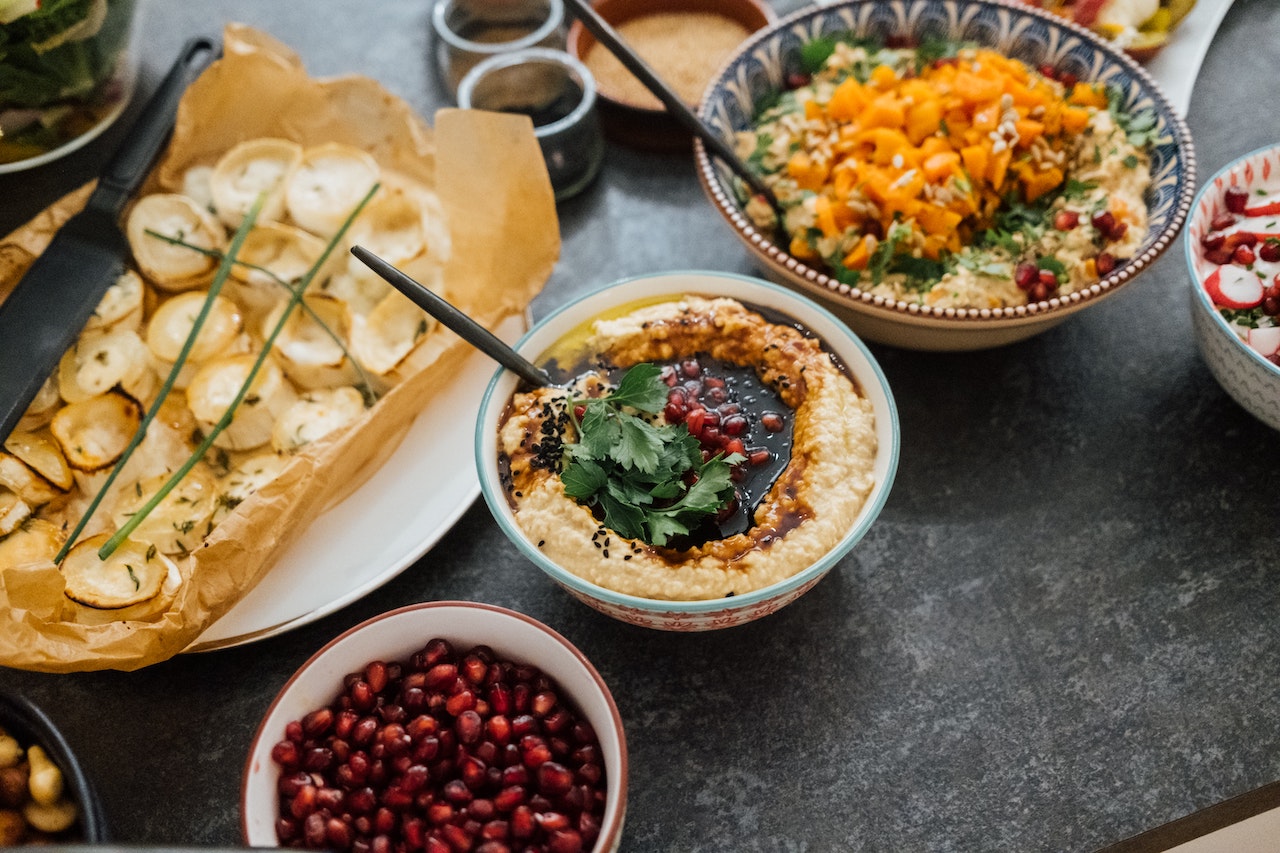
2 PM
Take a break for the boozy brunch in Schöneberg. Bonvivant Bistro is a gourmet vegan-vegetarian café and gallery with a stunning plant-based menu. The cafe is known as one of Berlin’s most unique dining experiences, bringing extravagant and experimental flavours to both food and drinks.
And while you’re in the neighbourhood, stop by the plaque honouring David Bowie’s Schöneberg apartment on Hauptstraße 155, where he and pal Iggy Pop created some of their most popular music in the 1980s.
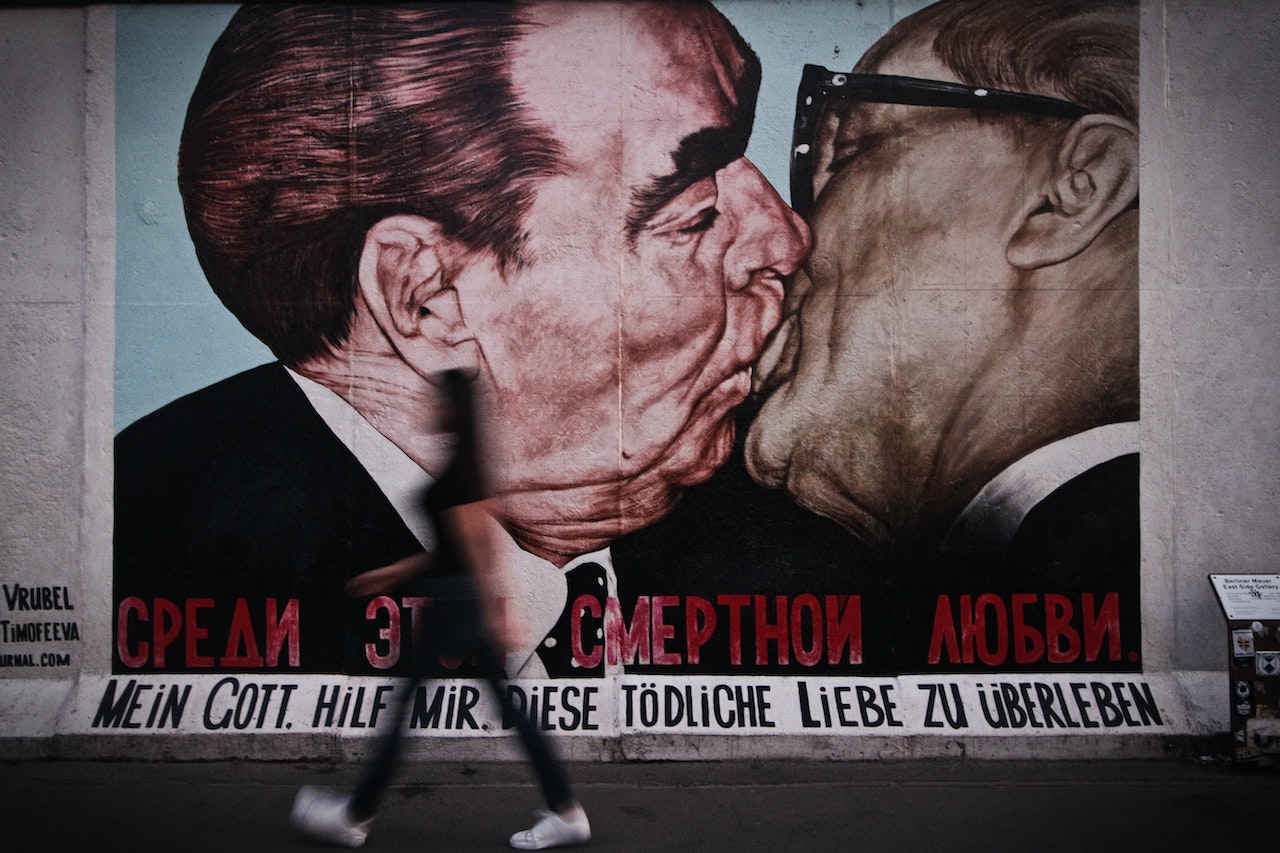
5 PM
Explore gorgeous Art Nouveau architecture during an afternoon swim at Stadtbad Neukoelln, a public pool in a southeastern borough. The pool is ringed with columns, tiled murals, and statues spitting water into the pool. Corresponding saunas give patrons the full spa experience for not more than the price of a daily metro ticket.
8 PM
Explore Holzmarkt25, a colourful creative community that sprung from a techno club collective in the early 2000s. Now, the same artist community produces ever-changing events, art shows, culinary classes, live music, and other surprises. And yes – the techno club still stands, on weekends. Wandering around the property, which sits on the bank of the Spree River, feels like entering a carnival of ideas. Hidden beneath the magic is Kater Schmaus, which takes German and Continental cuisine on the same eclectic, experimental journey as the surrounding village of artists. The small, crafted menu changes weekly, pairing dinner options with carefully-sourced wines.
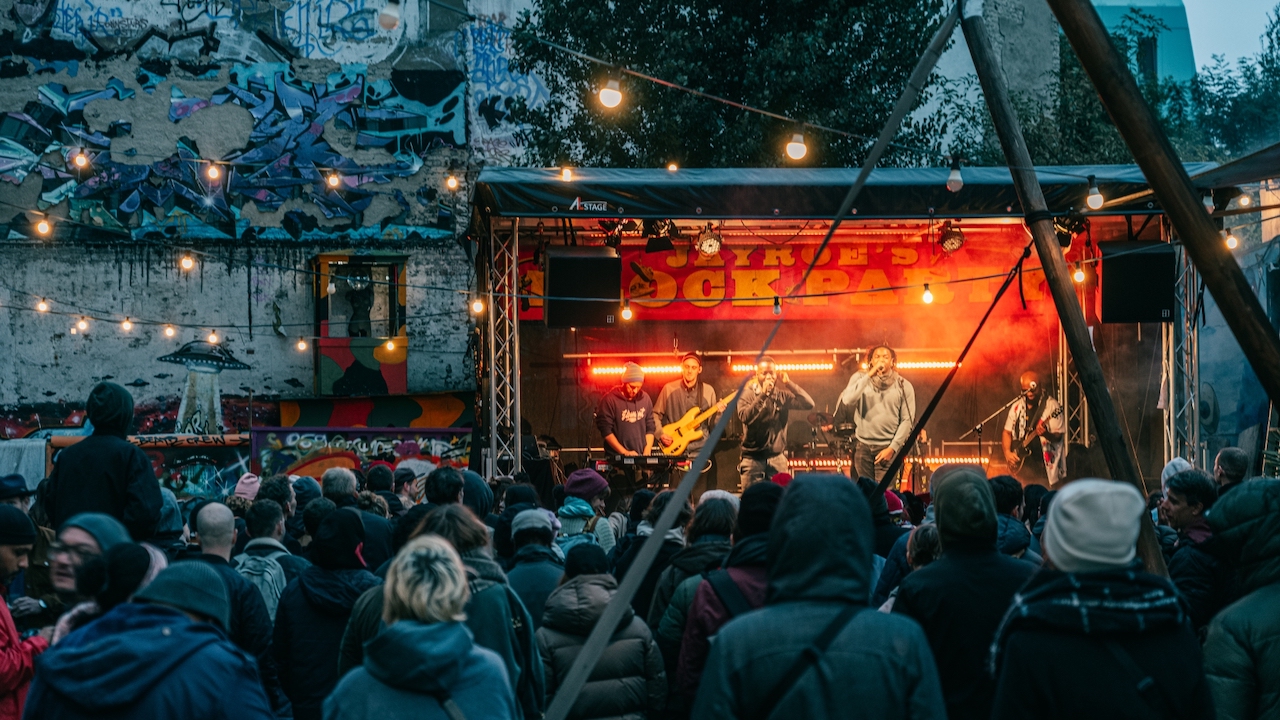
10 PM
As Berlin’s reputation for young artists grew in the early 2000s, the face of the city began to change. Both European and African immigrants have continued to evolve and grow the creative scene all over Berlin. One of the best places to see this transformation in action is YAAM, the Young African Art Market. It’s a space that includes a nightclub, art gallery, live stage and exhibition area highlighting all manner of West African culture in Berlin, reflecting the current and growing diversity of the city.
For more Destination stories click here.


